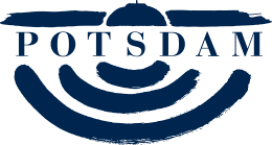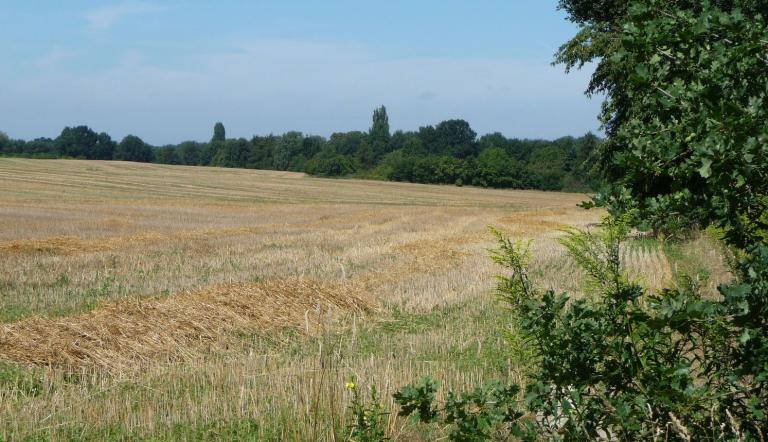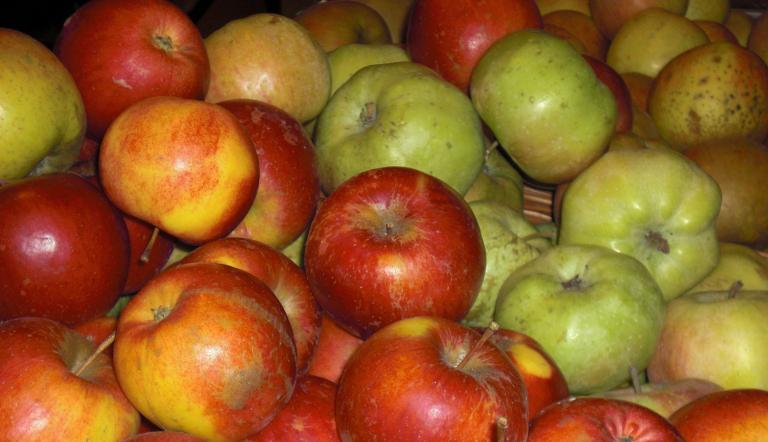Fahrland, Satzkorn, Marquardt, Uetz-Paaren, and Golm are the names of several districts of Potsdam, which were once individual villages just a few years ago. The northwest of the state capital is characterized by landscapes, village structures, and agricultural production.
More than 30 local businesses manage over 4,000 hectares of agricultural land (arable land, grassland, fruit-growing areas) within the city.
The spectrum of business types ranges from family-run farms to agricultural cooperatives, with production covering everything from crop farming to horticulture, cattle breeding to riding stables, conventional farming to organic farming, as well as purely production-based operations to direct marketers with farm shops.
Fruit Cultivation in Potsdam
The systematic fruit cultivation around Potsdam is as old as the idea of the "gantzen Eyland," which was meant to be a paradise. It was the Great Elector who followed the influential advice of his friend J. M. von Nassau-Siegen and simultaneously took on the beautification of the landscape around his new Potsdam residence, as well as the optimization of agricultural use. Dutch gardeners brought seeds and young plants with them and established the first plantations. They laid the foundation for a tradition that continues to this day. In recent years, much has been done to make the historic cultivation areas visible again.
Cross Compliance
In the field of EU agricultural funding, the state capital works closely with the agricultural authority of the Potsdam-Mittelmark district, which is responsible for supporting businesses with individual farm funding. The adherence to "other obligations" (Cross Compliance = CC), which plays an important role in the granting of EU agricultural funding, is monitored and controlled by the respective specialist authorities of the city.
The Cross Compliance regulations include: regulations for maintaining agricultural land in good agricultural and ecological condition, regulations for maintaining permanent grassland, and relevant existing EU regulations.
The Rural Area
The rural area of the state capital forms an interesting counterpoint to the urbanized part of the city. Goals, action fields, and measures for its preservation and development are outlined in the Integrated Rural Development Concept (ILEK) of the city. The corresponding activities of the administration and local stakeholders are coordinated by the regional management, which is based within the city administration. The ILEK also serves as the foundation for utilizing funding opportunities from the state, federal government, and EU.







